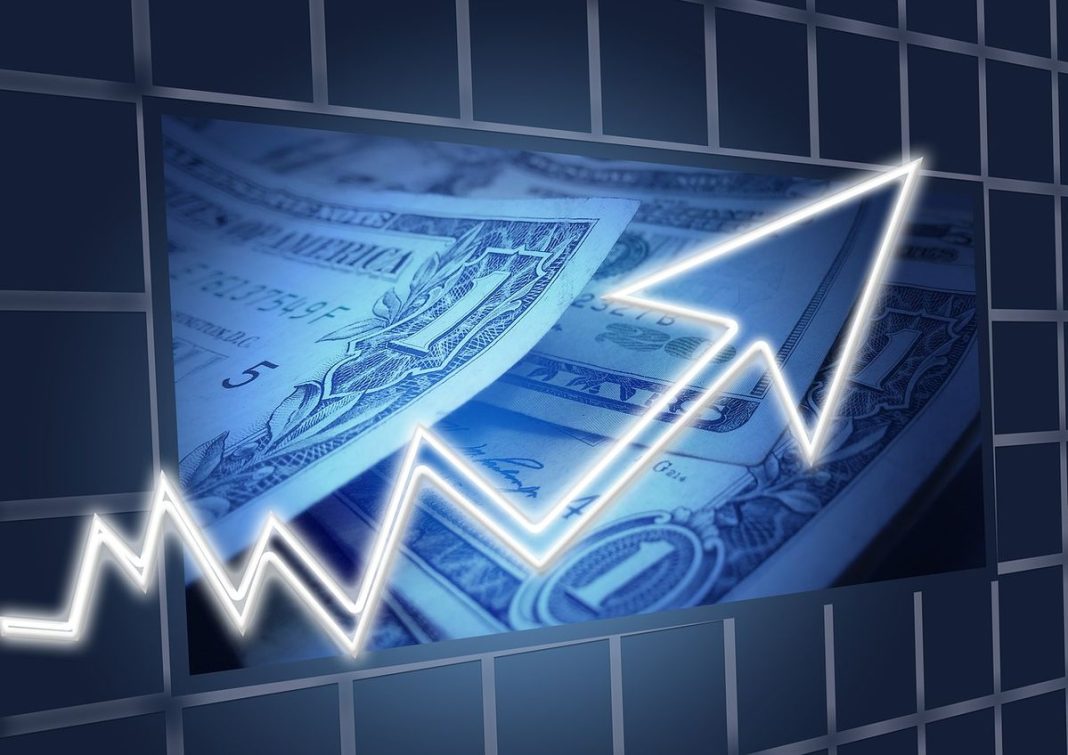Governments around the world are once again turning to fiscal stimulus and aid programs to keep their economies strong in 2025. Slower growth, global uncertainty, and high living costs have pushed leaders in major countries to introduce new spending packages aimed at helping businesses, supporting jobs, and protecting vulnerable households. These plans are designed to boost confidence and prevent economies from slipping into recession, but they also raise questions about debt, inflation, and long-term sustainability.
In the United States, the government has launched a new round of infrastructure and small business support programs. Billions of dollars are being directed toward clean energy projects, public transportation, and technology manufacturing. This spending is expected to create jobs and modernize key industries, helping the U.S. maintain its competitive edge. At the same time, expanded tax credits and child care subsidies are giving relief to middle-class families struggling with high prices. Economists say these moves could strengthen consumer spending, which remains the backbone of the U.S. economy.
Europe is taking a similar path, with the European Union approving new aid for countries hit hardest by slow growth and energy costs. Nations like Germany, France, and Italy have increased spending on renewable energy, digital infrastructure, and green housing. The EU’s “Green Transition Fund” aims to make economies cleaner and more efficient while creating thousands of new jobs. However, some European leaders are worried that large public spending could widen budget deficits, especially in countries already burdened by high debt.
In Asia, stimulus measures are focused on recovery and modernization. China has introduced new loans and tax cuts for small businesses to offset weak demand in the property and export sectors. India, on the other hand, is focusing on long-term growth, investing heavily in highways, renewable power, and manufacturing zones under its “Viksit Bharat 2047” vision. Japan continues to balance stimulus with stability, offering targeted subsidies to support households facing rising food and energy prices while maintaining control over its massive national debt.
Emerging economies are also joining the push. Countries in Latin America and Africa are using targeted aid to protect farmers, boost local industries, and improve public health systems. The World Bank and IMF have offered additional financial support to help these nations manage inflation and debt pressures without cutting essential social programs. These international partnerships are helping developing nations stay on track despite global challenges.
While the return of stimulus spending has provided short-term relief, experts warn that governments must be careful. Excessive spending can lead to higher inflation, especially if supply chains remain unstable. Some countries are already facing trade-offs between supporting growth and maintaining fiscal discipline. The key challenge is to make sure that the money being spent today builds stronger, more resilient economies tomorrow.
Overall, the new wave of global stimulus reflects a common goal — to protect people and jobs while preparing for future growth. Governments are learning that strategic investments in clean energy, infrastructure, and innovation can deliver both economic stability and sustainability. As 2025 progresses, the success of these stimulus efforts will depend on how well nations manage the balance between spending and saving. One thing is clear: in an uncertain world, smart government action remains one of the most powerful tools to keep economies moving forward.


